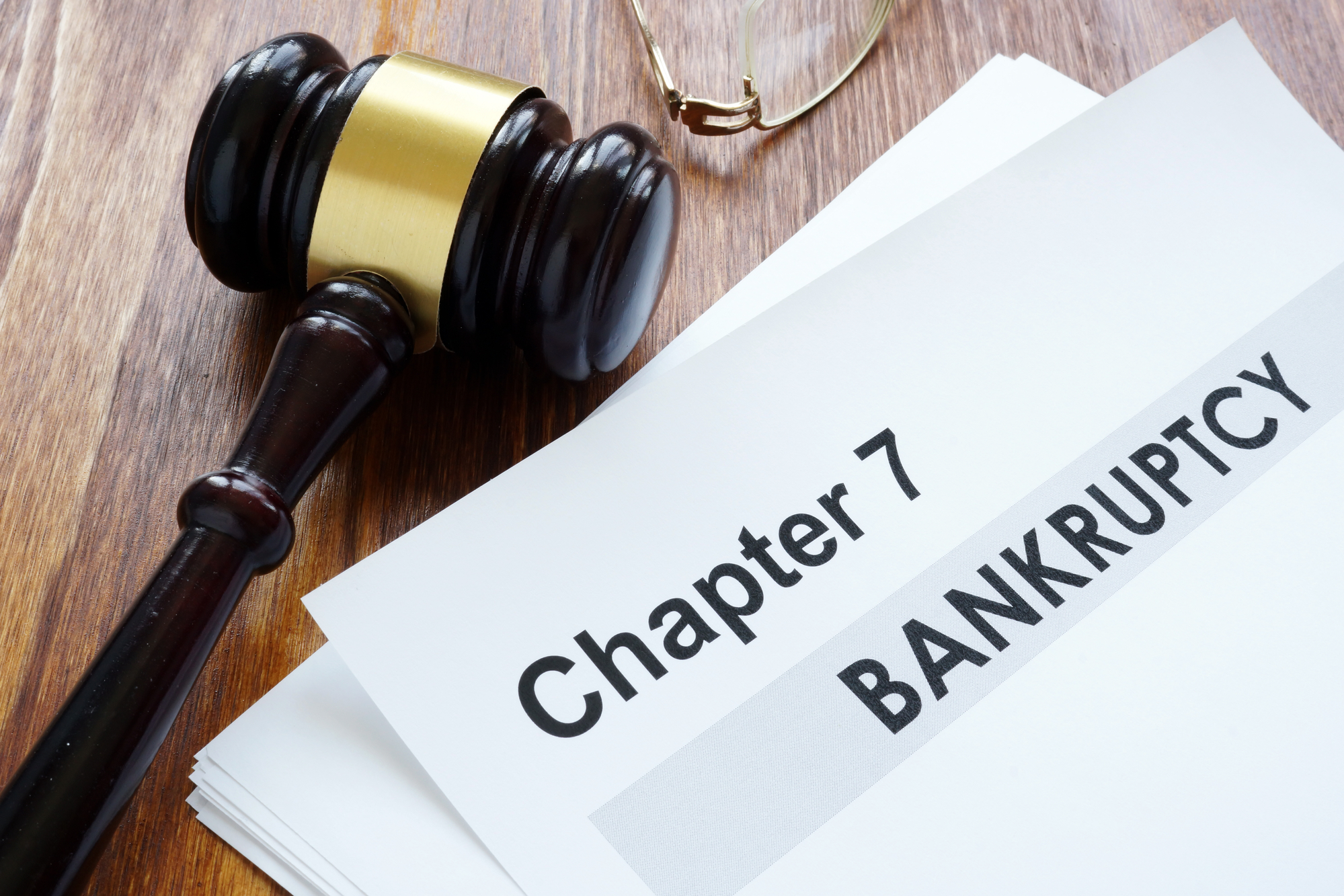How to Convert Chapter 13 to Chapter 7 Bankruptcy

Are you facing financial hardship and considering bankruptcy as a way out? Bankruptcy can provide relief, but choosing the right chapter is crucial to your financial recovery. In this guide, we will walk you through the process of converting Chapter 13 to Chapter 7 bankruptcy, a move that can offer a fresh start and a chance at a debt-free future.
Understanding Chapter 13 Bankruptcy
Before we delve into the conversion process, it’s essential to understand what Chapter 13 bankruptcy entails. Chapter 13 is often called the “wage earner’s plan” or “reorganization bankruptcy.” It allows individuals with a regular income to create a structured repayment plan to gradually pay off their debts over a period of three to five years. While Chapter 13 can be a lifeline for many, circumstances can change, leading some filers to consider transitioning to Chapter 7.
When to Consider Conversion
Transitioning from Chapter 13 to Chapter 7 bankruptcy is a significant decision that demands careful consideration, typically driven by specific circumstances:
Financial Hardship: Life can be unpredictable, and sometimes financial challenges intensify, making it impossible to honor the commitments of a Chapter 13 repayment plan. This could result from mounting medical bills, unexpected emergencies, or other unanticipated expenses.
Job Loss: Losing your primary source of income can be a devastating blow, especially if you’re in the midst of a Chapter 13 plan. Without a steady income, continuing those regular payments can become an insurmountable burden. Chapter 7 may offer a lifeline by discharging your eligible debts, allowing you to focus on securing new employment and rebuilding your financial stability.
Inability to Sustain the Plan: Despite your best intentions, unexpected life events or changes can render your Chapter 13 plan unsustainable. Whether it’s a sudden illness, a family crisis, or a decrease in income, the inability to maintain your repayment plan can necessitate the transition to Chapter 7 for a fresh financial start.
Steps to Convert Chapter 13 to Chapter 7
Converting your bankruptcy chapter is a complex process that involves several steps:
Consult with an Attorney: Seek guidance from an experienced bankruptcy attorney. They will evaluate your financial situation and determine if conversion is in your best interest.
File a Motion: Your attorney will file a formal motion with the bankruptcy court, requesting the conversion from Chapter 13 to Chapter 7. This motion should outline the reasons for the conversion, such as financial hardship or changed circumstances.
Pass the Means Test: Chapter 7 bankruptcy requires applicants to pass a means test, which assesses their income and expenses. If you meet the criteria, your conversion is more likely to be approved.
Attend a Meeting of Creditors: You will need to attend a meeting of creditors, where your trustee and creditors can ask questions about your financial situation.
Complete Financial Management Course: Before your Chapter 7 bankruptcy can be discharged, you must complete a financial management course.
Embrace a Debt-Free Future
In your journey toward financial recovery, converting from Chapter 13 bankruptcy to Chapter 7 can be a strategic move when circumstances change. This transition can provide a fresh start and the opportunity to rebuild your financial life. Remember, it’s essential to consult with a bankruptcy attorney who can guide you through this process and help you make informed decisions.
For more in-depth information and professional assistance, visit our Chapter 7 Bankruptcy page. Our experts can provide personalized guidance tailored to your specific situation.
Bonus Tip
Rebuilding your credit after bankruptcy is a crucial step toward financial recovery, and it requires a thoughtful and responsible approach. One effective strategy is to establish a secure line of credit, often in the form of a secured credit card.
A secured credit card is backed by a cash deposit you make as collateral, reducing the risk for the lender. This makes it an accessible option for individuals with a recent bankruptcy on their record. Once you obtain a secured card, the key is to use it wisely.
Make small, manageable purchases and always ensure you can pay off the balance in full each month. Consistently making on-time payments demonstrates your financial responsibility to creditors and credit bureaus. Over time, this positive payment history will contribute to improving your credit score.
While it may take some patience, responsible credit management can gradually rebuild your creditworthiness. As your credit score improves, you’ll have more options for traditional credit cards and loans with better terms, setting you on a path toward a brighter financial future.
If you are seeking for experienced bankruptcy attorney, consult with Freedom Law Firm. We are one of the most trusted Las Vegas firms, offering tailored solutions according to your needs. Schedule a free consultation today!
